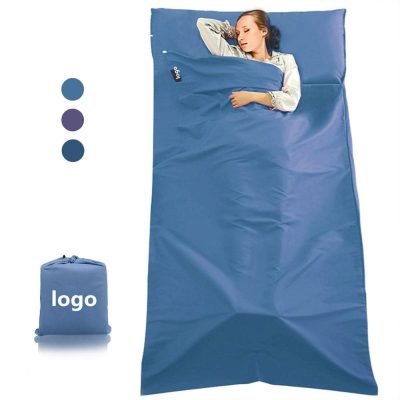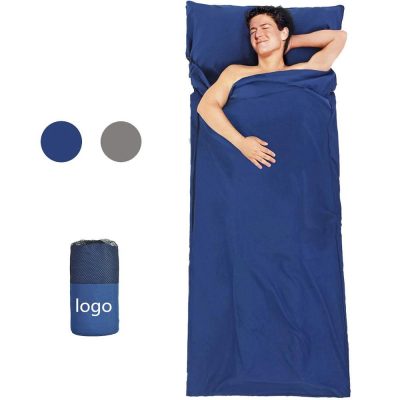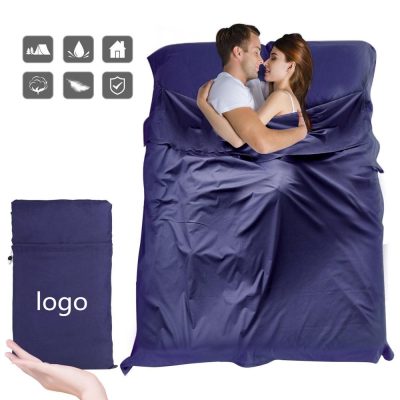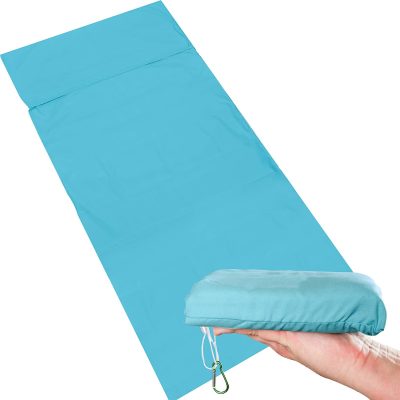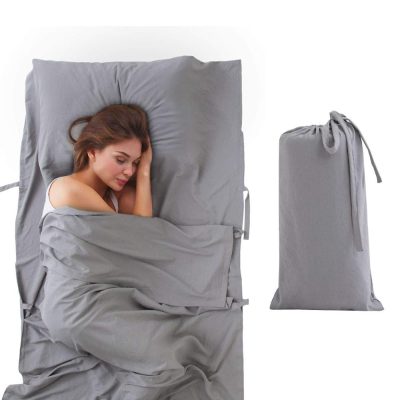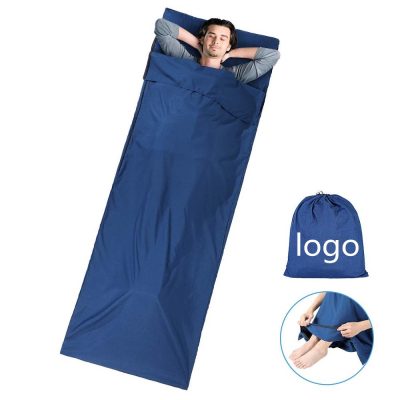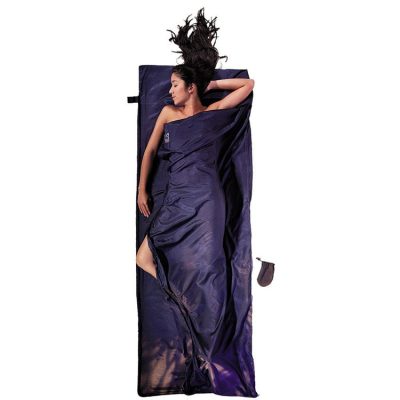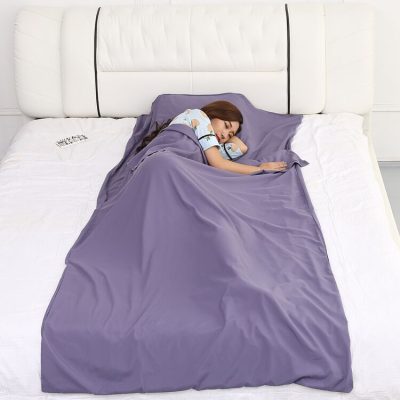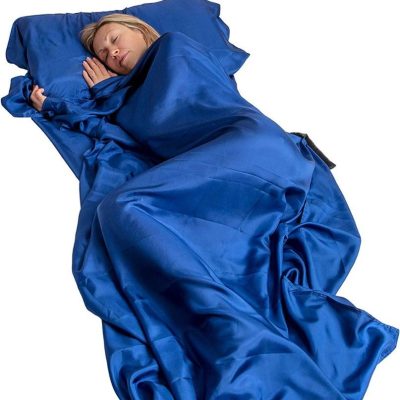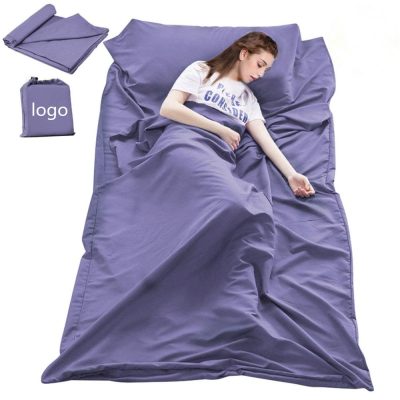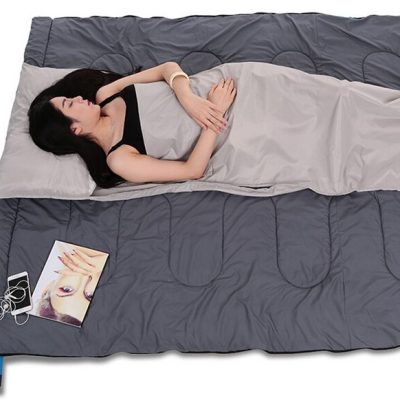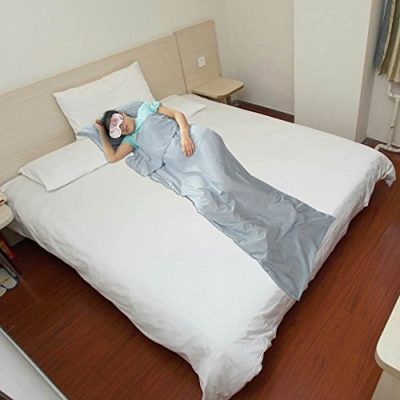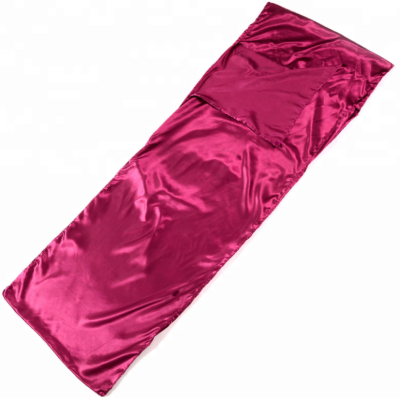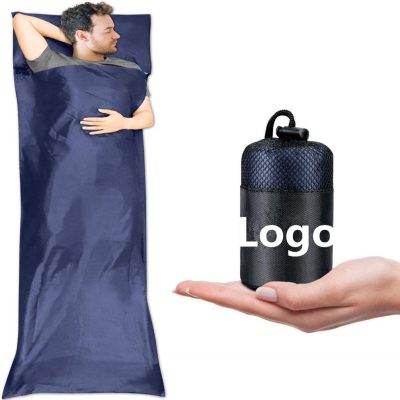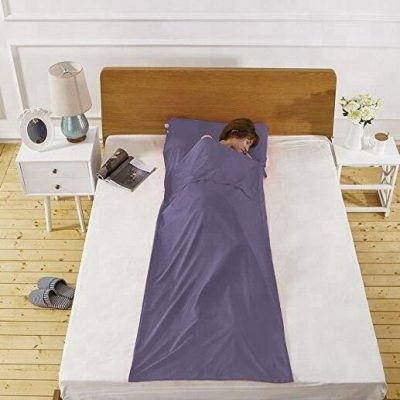What is Sleeping Bag Liner
There are two main types of sleeping bag fillers, down and chemical fiber cotton, in addition to single-layer fleece sleeping bags. Down: It is divided into duck down and goose down. Under the same conditions, the warmth retention of goose down is slightly higher than that of duck down. Down has three main performance indicators: the first indicator is the filling weight; the second indicator is the down content; the third indicator is the swelling degree of down
Chemical fiber cotton: There are many types, and the quality is uneven. Ordinary spray cotton, to four-hole cotton, seven-hole cotton
Down sleeping bags have high requirements on internal and external materials. The lining material usually requires more than 200T, because if the lining material index is lower than 200T, individual hairs will be worn out. Some better sleeping bags often use good nylon materials to ensure that there will be no The phenomenon of fleece pulling out, a material that is light and feels soft against the skin
Information about Sleeping Bag Liner
Ordinary cotton sleeping bags use polyester or nylon materials, and polyester nylon fabrics have differences in density and texture, which will not be elaborated here. Down sleeping bags have high requirements on internal and external materials. It is necessary to ensure that the nylon material with a density of more than 230T is less to ensure anti-down. Many domestic nylon fabrics are not dense enough to prevent velvet. Manufacturers use coating to prevent velvet, which is very unscientific. Because the inner and outer materials of the down sleeping bag need to have good air permeability, otherwise the moisture emitted will gather in the sleeping bag, which will greatly reduce the warmth of the down. High-woven pure cotton or polyester-cotton can also prevent velvet, but it is heavy and has poor compressibility, so it is generally not used in high-end sleeping bags.
Down sleeping bags are lightweight and well insulated, but they must be kept dry. Once it gets wet, it not only loses insulation, but it is also difficult to dry.


















